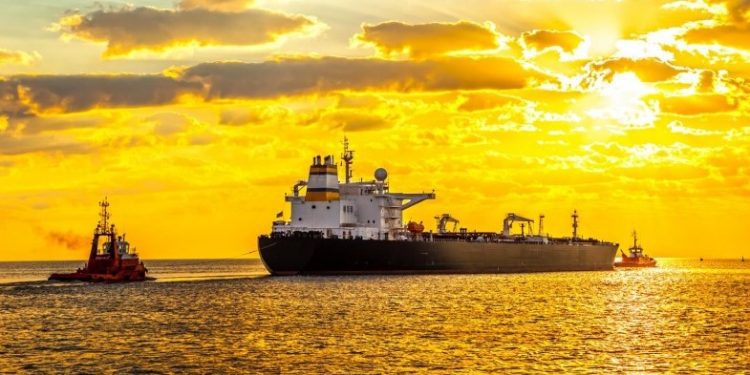
EMSA published the results of a programme for the “promotion of interoperability between industry and competent authorities in the European Maritime Single Window environment (EMSWe) under the CISE Process”.
On 18 September 2018, the Commission (DG MARE) and EMSA have signed a grant agreement for the execution of action 1.2.1.4 of the EMFF work programme 2018 for the “promotion of interoperability between industry and competent authorities in the European Maritime Single Window environment (EMSWe) under the CISE Process”.
For the purpose of facilitating the communication with stakeholders and teams involved, the action was identified under the name “Interoperability project”. The project ran until May 2022 and was overseen by a Steering Committee composed of the relevant Commission DGs (MOVE, MARE, DIGIT and TAXUD) and EMSA.
The first objective of the project was to assist Member States (MS) in improving their National Maritime Single Window (NMSW) solutions and the interfaces with SafeSeaNet (SSN) in order to achieve better data consistency, improve re-use of data and harmonise exchanges between MS and EMSA systems.
The second objective was to contribute to the development of an EMSW environment through the elaboration of interoperability solutions and specifications.
The action contributed, on the one hand, to further developing the EMSW environment and, on the other hand, to creating more robust information exchange channels between administrations in the maritime domain, which is one of the objectives of CISE.
The project was structured in several activities aiming at enabling a more efficient data exchange and sharing of port documentation using SSN, enhancing connectivity between relevant authorities and end-users, developing specific interoperability solution contributing to the development of an EMSW environment, and improving ship-to-shore information exchanges using VDE-SAT communications.
Results
In terms of the contribution to the EMSWe environment, the project successfully managed to elaborate business processes descriptions, a reference dataset including taxonomies, controlled vocabularies and code lists, and reusable data /models covering all known reporting obligations applied in all ports of the EU. The results therefore addressed the organisational and semantic layers of the European Interoperability Framework.
By providing a connection with existing reference datasets and message standards from the IMO, the WCO, UNECE and ISO, the project gave solid grounds for the MS to set up MNSWs solutions which are interoperable with the ICT solutions of the Shipping Industry and of the diverse authorities involved with the ports, such as port authorities and customs.
Taking into account to central role of SSN in the exchange of maritime information between authorities of the MS, the project drew possible paths for further developing it to serve as an exchange platform for MNSWs and ship operators.
Several technological options were assessed including the Blockchain, cloud services, CEF building blocks and decentralised peer-to-peer data exchanges using CISE nodes. It as well defined technical measures for securing the information exchanges between MS.
In collaboration with 14 volunteering MS, the project developed a solution that proved how MS authorities can automatically receive and integrate SSN information within their own systems in order to improve situation awareness at sea and reduce ship-to-shore reporting.
The project demonstrated as well that MRS and VTS ship-toshore reporting could be achieved through electronic means, therefore reducing voice communication, and materializing the e-navigation concept.
By contributing to a VDE-SAT demonstration project with Norway and ESA, the project further developed the concept and demonstrated how such ship-to-shore reports can be communicated using satellite connections.
The project developed master database services on ship identification information and particulars as well as on geographical areas and dangerous and polluting goods characteristics.
Such services are meant to deliver reference information that can be integrated with EMSA maritime applications and MS systems to reduce administrative burden and guarantee the quality of the reported information.
Finally, the Interoperability project produced concrete results that will contribute to the setting up of truly harmonised and interoperable EMSWe and to the further development of SSN services to the MS such as more secured and efficient port documentation exchanges, central databases, data processing services and digitalisation of ship-to-shore reporting.
EXPLORE MORE AT EMSA’S REPORT





